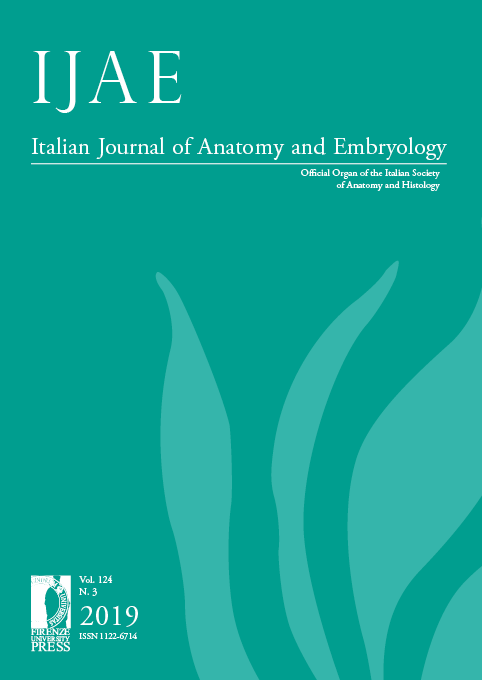Published 2020-05-20
Keywords
- Anatomy,
- Canine,
- Maxillary,
- Morphology,
- Root canal
How to Cite
Abstract
Thorough knowledge from anatomical characteristics of different teeth is a must, to achieve successful root canal, Orthodontic, surgical and other dental treatments on them. This cross- sectional study aimed to study the anatomy and morphology of permanent maxillary canine teeth in Kerman, a province in the southeast Islamic Republic of Iran. One hundred extracted permanent maxillary canines with intact apices were collected from five different dental centers within five different city districts in Kerman. The number of roots, the root curve direction and the length of each tooth was assigned by macroscopic observation and length measurement of each sample. Also, after staining, decalcification and clearing of each selected tooth the existence of lateral canals and their location was carefully evaluated under magnification. The results showed that all maxillary canine teeth had 1 root and one root canal in this study. The average length for this tooth was 27.31mms. The curve direction of the roots, in 32% of the cases was; distally, in 8%; buccally, in 4%; mesially and in 3%; palatally. 53% of the teeth had straight roots and root canals and, 25%, had lateral canals that in all of the cases were located in the apical third of the roots and were never observed in the middle and coronal thirds. As a conclusion, in this population, roots of maxillary canine teeth have straight roots in 53% of the cases, and in 25%, they have lateral canals that are usually located in the apical thirds.


